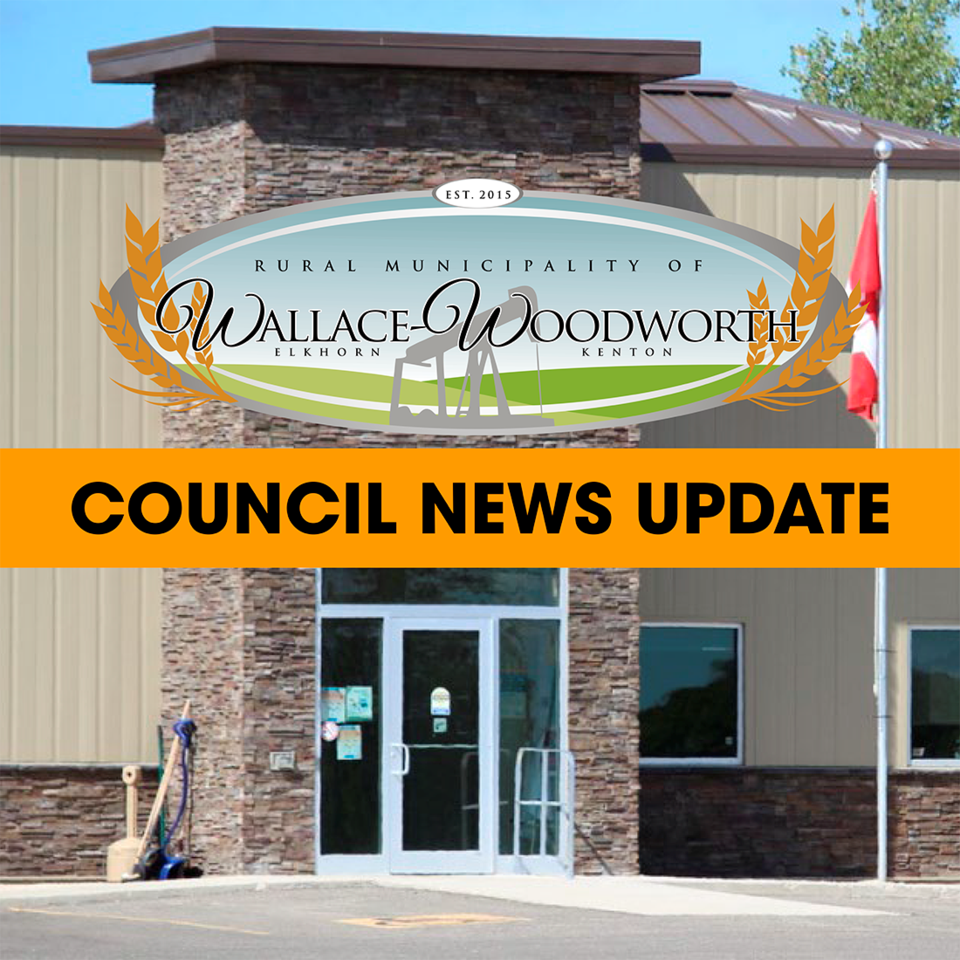Sheldon Stott, Senior Director of Corporate Sustainability at HyLife Inc. attended the virtual R.M. of Wallace-Woodworth Council Meeting as a delegation on July 13. His purpose was to update Council regarding operational challenges being experienced at the company’s Amber D Farms hog facility near Kola.
Stott explained that after the original barn was destroyed by fire, the site sat undeveloped for a number of years. Hy Life then constructed a slightly smaller facility, which has been plagued by an offensive smell emanating from it that has upset area residents.
“We've had a number of concerns coming back from odour being generated at that facility,” Stott said. He said that this is a unique situation, and that measures are underway to try to identify the source of the problem and rectify it.
“At the end of the day, this is something we do not enjoy,” he said. “We absolutely want to live harmoniously with our neighbours.”
Stott said that so far, the company’s investigation has proven inconclusive.
“I wish I had an answer for you,” he told Council. “Nothing has come out to stare at us. I don't know what we can do to make any changes currently today. Maybe there’s something we haven't seen yet. We will continue to investigate if there is a source that is causing this. If there was a simple, easy solution I'd implement it.”
During the discussion, Coun. Mark Humphries was emphatic that the situation could not continue unabated.
“We can't live with the smell,” he said. “We can't live with the conditions you're committing us to through your operations.”
He agreed with Stott that there had been no such issues raised with the previous barn.
Reeve Clayton Canart explained that a shelterbelt must be constructed around the manure lagoon and be regularly maintained. In this case, some more mature trees may need to be planted, albeit putting in fully grown ones is not standard practice. The new barn was constructed under the original license, and according to Development Officer Cory Nixon, the conditional use agreement allows for Council to request that the shelterbelt be increased in size to combat problems such as this.
Canart stressed the importance of finding a mutually workable solution.
“We want to operate harmoniously, but we have to certainly take it into serious consideration when we have landowners and ratepayers having reduced quality of life based on odour,” he said. “We need to work with you to get it resolved.” He acknowledged the company's efforts so far.
Councillors asked Stott to elaborate on what specifically HyLife has done to research the origin of the problem, and what efforts have been made to try to rectify it. He said that factors such as barn cleanliness, animal cleanliness, ventilation and lagoon loading have all been investigated. Other actions include the installation of shrouds on the exhaust fans along one side of the building to redirect the air, the planting of shelterbelt trees, regular washing, the addition of enzymes to break down the manure and lower its ammonia levels and the placement of a straw cover on the manure lagoon.
Despite the remedial measures, the odour complaints have not abated.
Humphries described the highly discernible smell as having a negative effect on the daily lives and occupations of the people residing in the area.
“It's a vigorous, obnoxious odour… . We appreciate the fact you're looking into it, but the problem is still there and the neighbours are having to live with the odours your company is producing.”
Humphries saw operating procedures as being a contributing factor, especially if other significant variables have been ruled out.
“To say that you're not finding anything leads me to one assumption – that that barn is overcrowded and overstocked,” he said. “Are you willing to let the R.M. or the province check your facility for a head count?”
Humphries pointed out that fines can be levied against barn proprietors for having too many animals on site.
“Obviously, there’s got to be something going on (that) you're not declaring.”
Stott disputed allegations that the barn is overcrowded. He stated that when HyLife built the new facility, they went to an open housing concept, which meant that the square footage of the barn increased. He could not provide Council with the number of animal units being housed in the barn. He said that a sow is .25 of an animal unit, and that there are 28 to 30 pigs per sow per year. He stressed that regulations are in place regarding the population of a facility such as this, which his company meets.
Stott pledged to continue work on identifying the source of the odour problem and mitigating it.
“We’re still going to try and monitor it and understand if there is something unusual happening that is causing it,” he said.
Humphries said that he is not asking for the facility to be closed, but for less animals to be kept inside it.
Both he and Deputy Reeve Val Caldwell asked if this had been considered, even temporarily. Stott replied that it had not, due to the large investment the company has in the operation. He noted that production processes are standardized from barn to barn.
Chief Administrative Officer Garth Mitchell said that the municipality has encouraged people who have complaints to come to the office with them on an individual basis.
Stott agreed to keep open communication on addressing the issue with Council and staff, either through written updates or attending a future meeting.




